Types of Corporate Identity
Corporate Identity is associated with the corporate image of a particular business that customers, investors, and employees perceive. It is usually called a brand, which is always made up of many things.
In this blog, we will discuss types of corporate identity and how they are designed. We must understand that behind every corporate identity is an idea, color, and cultural value endorsed in it. All these items build a strong brand and become the face of your products and services that carry your brand.
Below, I will show you some types of corporate Identity that build strong brands. We have yet to speak about it, but it will help you understand how designing corporate Identity can create a unique brand.
Visual Elements of Branding
Brand value is built upon elements of corporate identity using corporate values & Culture, Colors, Elements, mission & vision, and the most important factor is TYPOGRAPHY used while making your brand. Typography is 70% of a visual presentation of your brand. Corporate Identity starts with your LOGO DESIGN, which consists of all the corporate Identity brand-building elements. A Logo is a visual presentation of unique elements that define an organization's or brand's corporate values, culture, vision, and colors. The distinctive elements used in a corporate Identity present a visual presentation of a brand. The entire visual elements of branding are taken from the Logo itself to create a consistent visual presentation for branding to persist throughout all Corporate Identity Artwork delivered. The importance of corporate Identity is to make the communication within the organization consistent in the external communication of any organization representing its brand to its audience.
Corporate Identity Elements
Corporate Identity Elements are the most important factors in a Corporate Identity or Branding. These elements are designed by experienced Creative Designers with the help of some creative briefs provided by the client and some BIG IDEAS during the brainstorming session held by brand design agencies. This is why many organizations spend 1000 dollars to build a brand existence, and if you still believe a logo designer creates these elements, then you are right. The agency can brainstorm concept ideas, but a creative designer designs the corporate identity. But it’s not corporate identity, as it relates to what you are as a company. It includes those corporate identity elements that represent the cultural values of your organization.
Corporate Identity Example
It is also important to understand that corporate and brand identities are different. Take the example of Nestle, a multinational company, and see that it has one logo with a single set of company values and culture. Then, it has tons of brands working under its umbrella with an individual identity, including Cerelac, KitKat, Nescafe, Milo, Maggi, Nestle Pure Life, and many others.
So, here is some information to help you understand the different types/elements of corporate identity and its importance.
Building Corporate Image Identity
Forming a corporate identity is one of the most fundamental parts of your business. When you establish your business, you have built a corporate identity like your brand image. Now it’s up to you how you manage it.
When you think about building your corporate identity, you should consider both pictures. You also have to consider your organization's design and cultural values.
I want you to know that building a corporate identity will ensure that your internal and external communication is coherent with your business vision. You will attain a unique place in the market as your target audience starts recognizing you. Customers, investors, and employees will also engage with you more effectively.
Corporate Identity Management
Corporate Identity Management is important when considering creating a brand value or having multiple brands under your umbrella. Using a brand book defines all branding elements that different design agencies and other design companies use. The agency that builds your brand usually presents it to you in a PDF document. The agency refers to this as a Corporate Identity PDF and will request it if you plan to advertise. This book is so important for managing corporate Identity that any agency keeps your auditing of the artwork and brand values intact. The reason for delivering this brand book by the agency is that you are not bound by one design agency. Creating a Corporate Identity Management document also costs you very much because it involves a creative team.
Corporate Identity PDF or Brand Document PDF
As mentioned in the Brand book above, it is also called an organization's Brand Document. It includes the most critical factors that make up your brand.
The Brand Elements:
The brand elements are built on a concept or idea described in the Corporate Identity PDF. These elements are used to make any design using those elements.
The Typography:
The Fonts are usually 70% of your brand output. Usually, some organizations and brands take fonts very seriously and use them in entire processes where the brand is visualized. The brand value is created by designing Unique Fonts that no one has. They invest in fonts so their brand value is higher than others in the market. Do you even see how much organizations spend on Corporate Identity? All font types are mentioned in the brand book as well.
Corporate Identity Color:
Usually, a brand is built of 2 or 3 colors, but the brand plays with hues of color used under your brand's umbrella. It is essential to make other brands different by color while keeping the corporate identity image of the brands under its umbrella.
Brand Representation:
The book discusses how your brand should be displayed on different backgrounds, banners, BTL Activities, and ATL activities.
These are the major corporate identity elements of your company. Your core values, vision, and culture must be exhibited, and design plays a crucial role.
Corporate Culture
The company’s operating culture is referred to as its corporate culture. The company follows specific values and rules of conduct, which are crucial in forming the company's communication and behavior.
Your company’s vision is also a part of your corporate culture. No matter which high-quality product you sell, you must explain its purpose and vision to your target audience. People only buy from you for why you do it, not for what you do.
The company’s culture is mainly embedded in the work environment, flexibility, rules, policies, operations, and leadership that you are responsible for taking care of.
Corporate Behavior
Corporate behavior refers to how you behave as a company with the people that are associated with your company. Everyone is included, from employees to customers, suppliers to shareholders.
It also includes your behavior and communication with the public, your leadership of employees, and your ability to criticize.
Corporate Language
Companies use a particular language to represent their corporate culture. This language could be formal or informal, depending on the company's cultural values.
It includes how a company expresses its concerns and values to its relevant departments and individuals. Your marketing campaigns also depict how you communicate with your target market.
Your corporate identity includes all segments of your company. Hopefully, the above-explained Types of Corporate Identity a brand should endorse will give you a clear idea of the significant constituents you need to build a strong image of your company.
A well-sorted corporate identity will enable you to build credibility in the customer’s eyes and set you apart in the marketplace.

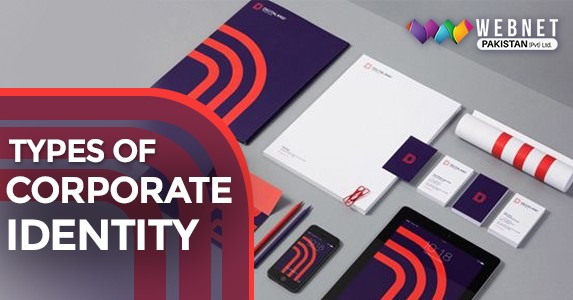

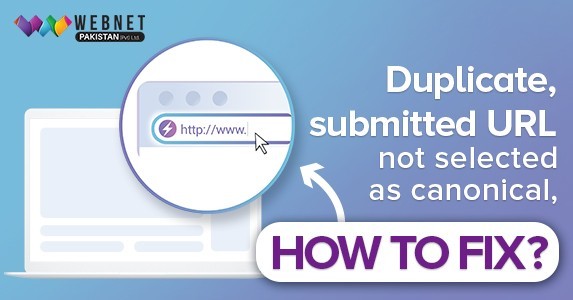
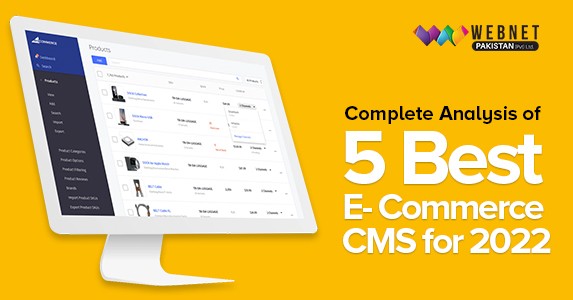

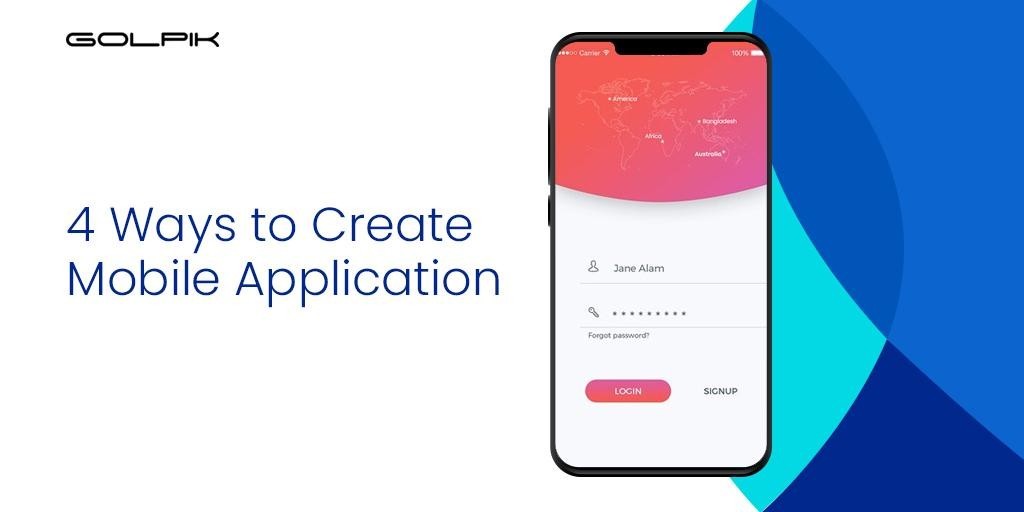
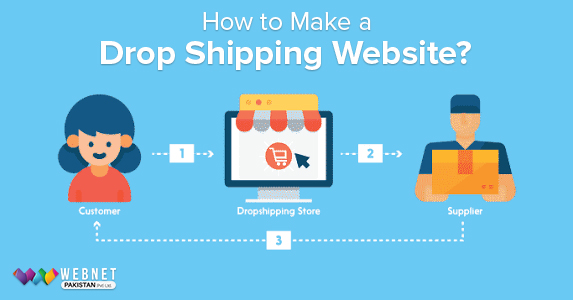


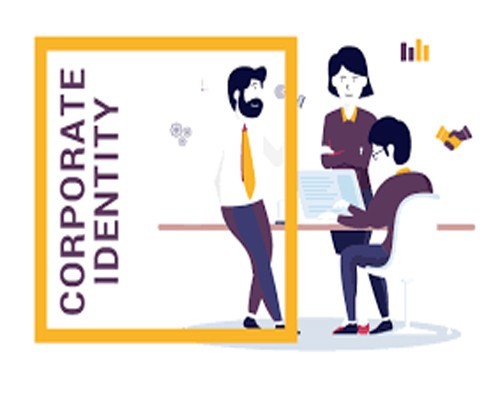
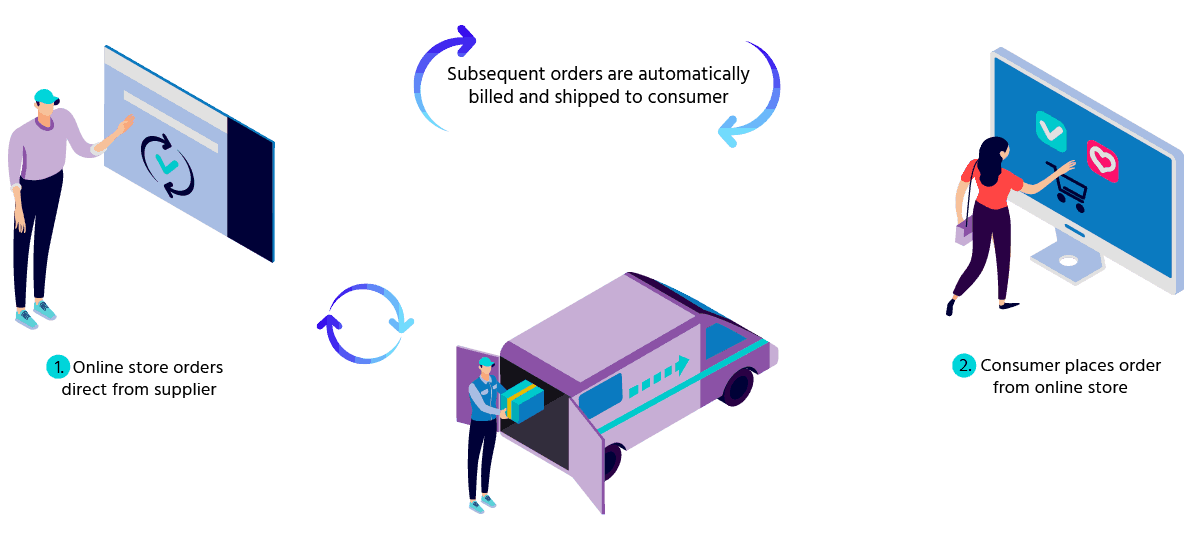
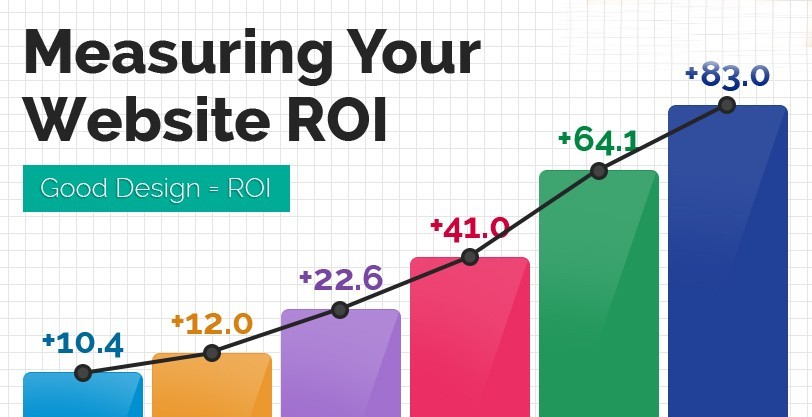
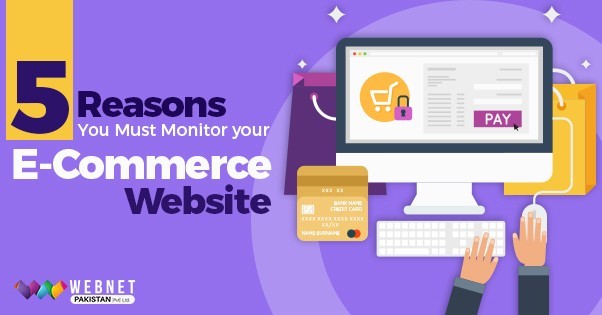
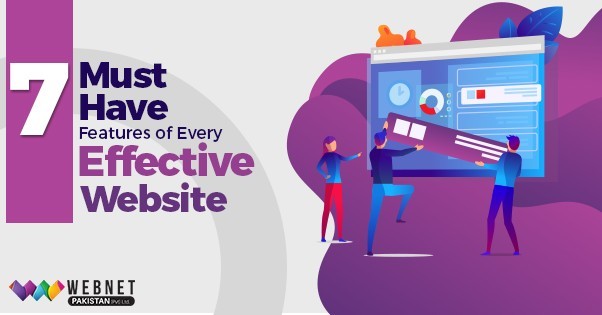
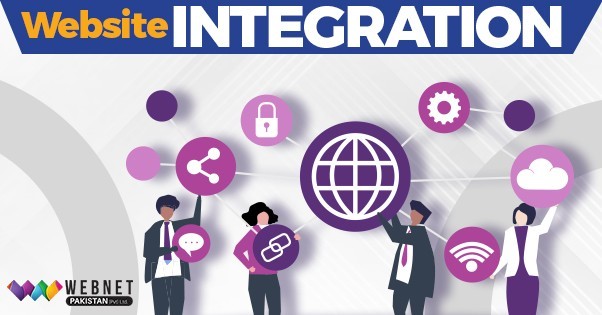
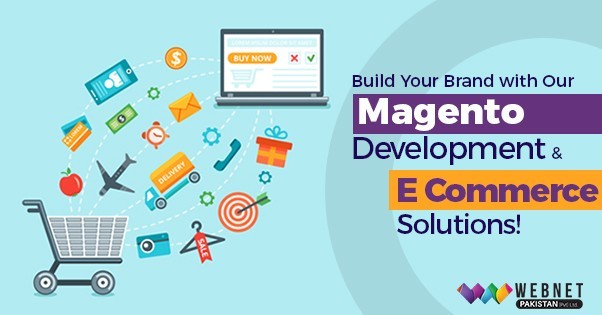
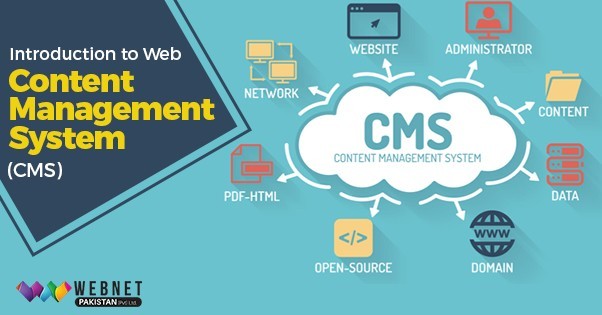
0 comment